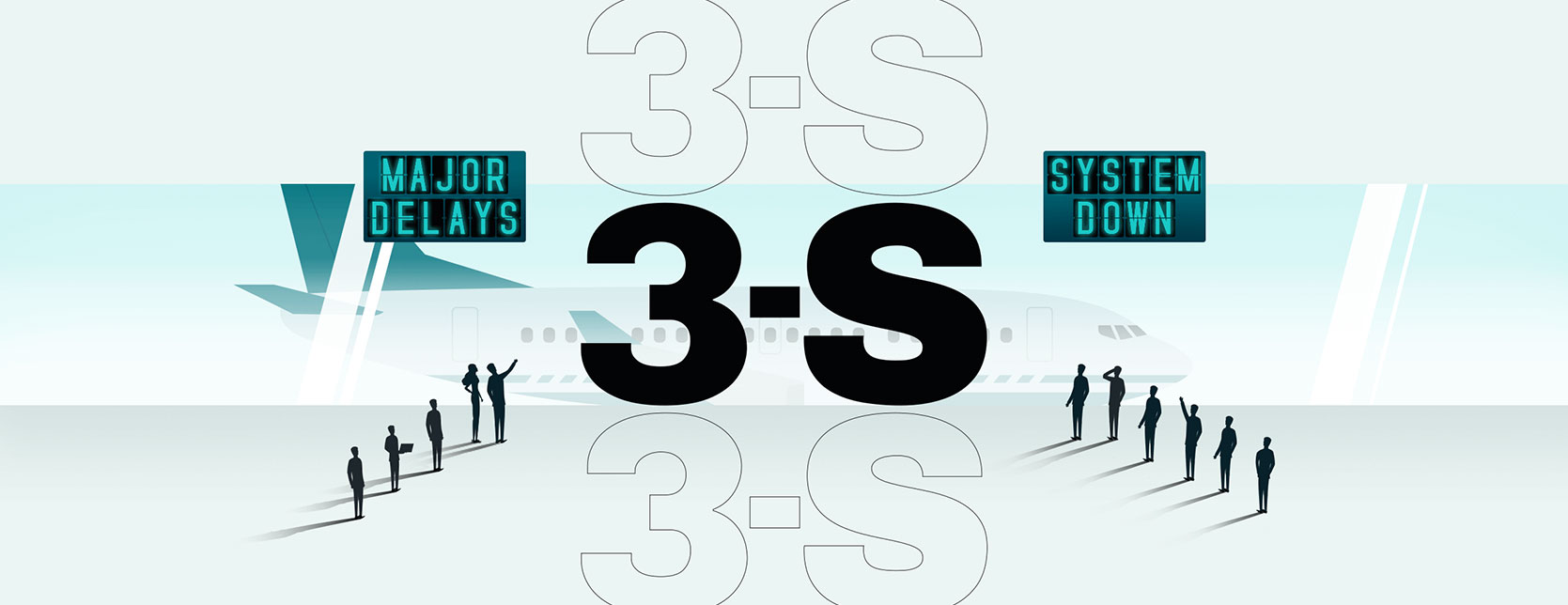The average lost business cost following a data breach was USD 1.3 million in 2023, according to IBM’s Cost of a Data Breach report. With the rapid emergence of real-time payments, any downtime in payments connectivity can be a significant threat. This downtime can harm a business’s reputation, as well as the global financial ecosystem.
For this reason, it’s paramount that financial enterprises support their resiliency needs by adopting a robust infrastructure that is integrated across multiple environments, including the cloud, on-premises, and at the edge.
Resiliency helps financial institutions build customer and regulator confidence
Retaining customers is crucial to any business strategy, and maintaining customer trust is key to a financial institution’s success. We believe enterprises that prioritize resilience demonstrate their commitment to providing their consumers with a seamless experience in the event of disruption.
In addition to maintaining customer trust, financial enterprises must maintain regulator trust as well. Regulations around the world, such as the Digital Operational Resilience Act (DORA), continue to grow. DORA is a European Union regulation that aims to establish technical standards that financial entities and their critical third-party technology service providers must implement in their ICT systems by 17 January 2025.
DORA requires financial institutions to define the business recovery process, service levels, and recovery times that are acceptable for their business across processes, including payments. Traditionally, this has caused covered institutions to evaluate their cybersecurity protection measures.
To meet customer and regulator demands, it is critical that financial institutions are proactive and strategic about creating a cohesive strategy to modernize their payments infrastructure with resiliency and compliance at the forefront.
How IBM helps clients address resiliency in payments
As the need for operational resilience grows, enterprises increasingly adopt hybrid cloud strategies to store their data across multiple environments including the cloud, on-premises, and at the edge. By developing a workload placement strategy based on the uniqueness of a financial entity’s business processes and applications, they can optimize the output of these applications to enable the continuation of services 24/7.
IBM Cloud® remains committed to providing our clients with an enterprise-grade cloud platform that can help them address resiliency, performance, security, and compliance obligations. IBM Cloud also supports mission-critical workloads and addresses evolving regulations around the globe.
To accelerate cloud adoption in financial services, we built IBM Cloud for Financial Services®, informed by the industry and for the industry. With security controls built into the platform, we aim to help financial entities minimize risk as they maintain and demonstrate their compliance with their regulators.
With approximately 500 industry practitioners across the globe, the expertise of the IBM Payments Center® provides clients with guidance on their end-to-end payments’ modernization journey. Also, clients can use payments as a service, including checks as a service, which can help give them access to the benefits of a managed, secured cloud-based platform that can scale up and down to meet changing electronic payment and check volumes.
IBM’s swift connectivity capabilities on IBM Cloud for Financial Services enable resiliency and use IBM Cloud multi-zone regions to help keep data secured and enable business continuity in case of advanced ransomware or cyberattacks.
IBM® can help you navigate the highly interconnected payments ecosystem and build resiliency. Partner with us to reduce downtime, protect your reputation, and maintain the trust of your customers and regulators.
Learn how IBM can help you on your payments journey
Was this article helpful?
YesNo























